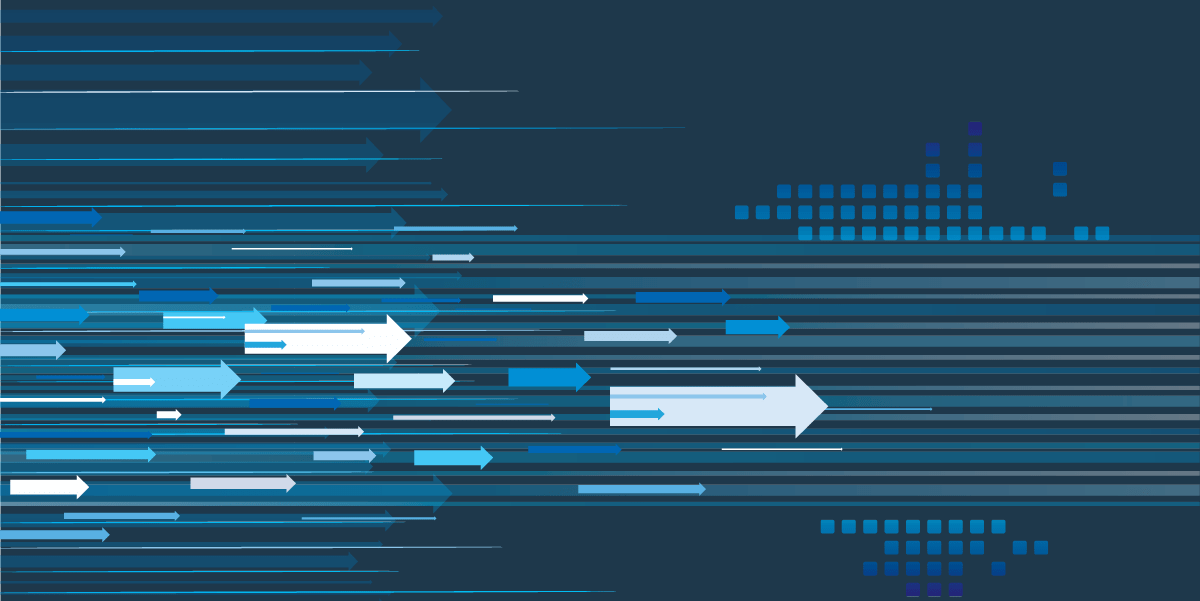Accurate sales forecasting can’t be achieved without accurate data. And accurate business decisions can’t be made without accurate forecasting.
These undeniable facts are leaving many companies in a bit of a pickle.
The state of the sales pipeline changes by the hour (sometimes by the minute!) and while CRM and spreadsheets may be the most common ways for tracking sales activity and managing the forecast, they are not the most conducive for data accuracy.
Without AI technology, sales reps and managers must manually enter data, which will become old news and need to be updated again almost immediately. Balancing their time between this manual data entry and actual sales activities often leads to a poor execution of both - again, making the data less accurate.
The one thing that CRM and spreadsheets do have going for them is that they are familiar to sales reps, who are comfortable doing what’s always been done. But as philosophers of the last thousand years will tell you, “comfort” does not create growth.
So, the question is: how do you get your team to adopt a better solution for managing the revenue process and delivering an accurate forecast?
In our recent discussion with Atlassian’s Chris De Vylder, McAfee’s Virgilio Vargas, and Databricks’ Stephan Blendstrup, we asked how they drove adoption of Clari’s AI solution across their revenue organizations and they were not shy about telling us what worked and what didn’t.
Here are the highlights:
Overcoming Discipline Problems
Every day, there is crucial sales activity that never gets captured in CRM. While CRM is an essential, it was not designed for the modern B2B revenue process. It relies on sales reps to manually input their activity.
One problem, according to Vargas, is discipline. “We have a lot of reps that don’t clean up after themselves,” he told us.
This can result in good deals being left behind or lead to missed forecasts by including bad deals that should not be pursued.
Vargas’ team at McAfee wasn’t hesitant to adopt Clari. “The fact of the matter is that Clari spread like wildfire,” he said. “It was the most desired tool that I’ve implemented in my life because they really wanted to use it. It’s easy to use, it is intuitive, and everyone has access to what they need.”
Getting Pipeline Reporting
When De Vylder joined Atlassian, there were only three people in sales operations and there was no pipeline reporting. He thought of ways he could get the data he needed, but all options would take a year or 18 months to generate.
So, he thought to himself:
“I can buy Clari, I can get all this out of the box, and I can get started tomorrow. At the end of the day, from a cost equation perspective, it is a no-brainer for us.”
Trusting the Deal Forecasting
“For me, the big thing is accountability,” says Blendstrup. “I ask every rep, VP, director, CRO to forecast plus or minus 10%.”
At Databricks, sales teams base their scorecards on these numbers, so it’s wildly important that each forecast is accurate within that plus or minus 10 percent. It drives discipline and helps management identify sandbaggers. Blendstrup’s team now uses Clari to do this with ease and accuracy.
Want more insights from Databricks, McAfee, and Atlassian? Watch the full interview segment here:



